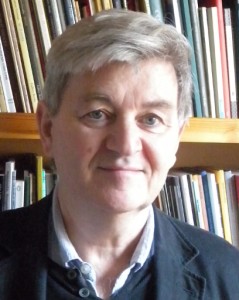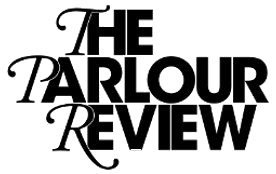Philip Casey

My first memory is of standing in a hospital cot at night, looking over the cot bars to a rocking horse on the other side of the ward. There were coloured rings over the ward door. Utter silence, though there must have been the hum of traffic from the Holloway Road in London. The experience is the germ of my poem White Horse.
Other early memories include playing in the bombsites, unearthing gasmasks, tooth brushes and the ordinary detritus of lost lives.. It seems I got out through a window at home, then slipped onto the tube at Tufnell Park. When I gave a reading from the UK edition of my first novel, The Fabulists, in the Green Ink Bookshop in Highgate, it was a great night, but I had a strange feeling as I got out of the car and didn’t know why until my mother told me that Highgate was where my bombsites had been. I remember being brought home in the Black Maria. It seems my parents were worried I’d be taken from them. I wasn’t unhappy. I was just curious about the greater world. I was five years old. My ramblings were the genesis of The Water Star.
My first memory is of standing in a hospital cot at night, looking over the cot bars to a rocking horse on the other side of the ward. There were coloured rings over the ward door. Utter silence, though there must have been the hum of traffic from the Holloway Road in London. The experience is the germ of my poem White Horse.
This sense of adventure continued when the family left London to live on a farm seven miles north of Wexford town. It was a beautiful place for a city child. There were orchards back and front. Pheasants strutted in the back field. Peacocks lorded it under the monkey puzzles in a neighbour’s dark garden. We learned to make hay ropes. The threshing machine and thirty neighbours arrived each summer. The new potatoes piled high on the plate with a dollop of my mother’s great butter. The meithal. It seemed to rain for most of 1958 and shine for most of 1959. The ditches were lined with tall macro carpa evergreen trees – we called them mackey carpets. I led my two brothers up to the topmost branches and told them stories..
Oddly enough, beautiful though it was, that place in my life has so far not touched my literary imagination. We left there in 1960, and toured much of the eastern half of Ireland with a cousin of President Kennedy, who was the image of him, looking for a new place. We finally found it below the village of Hollyfort outside Gorey. The farm had a trout stream. The Bann rose in Croghan Kinsella, a blue mountain, on the Wexford-Wicklow border. It was flanked by Annagh Hill, the colour of raspberry juice. The curlew cried in the bog before a band of rain came from Croghan like an animal. It sank a deep well in my imagination, and all three of my novels so far share its landscape.
Every evening coming home from secondary school, I’d compose songs in my head and after the farm work, play them on my three chord trick Spanish guitar. I almost had one recorded but the tape got lost. Then I heard poems for the first time, on RTÉ radio.
I can do that, I said to myself.
Listen to Philip Casey on The Parlour Review
NB This is a two part programme. Philip is first, then Timothy O’Grady is at 13:00.059
EXTERNAL LINKS

Leave a Reply